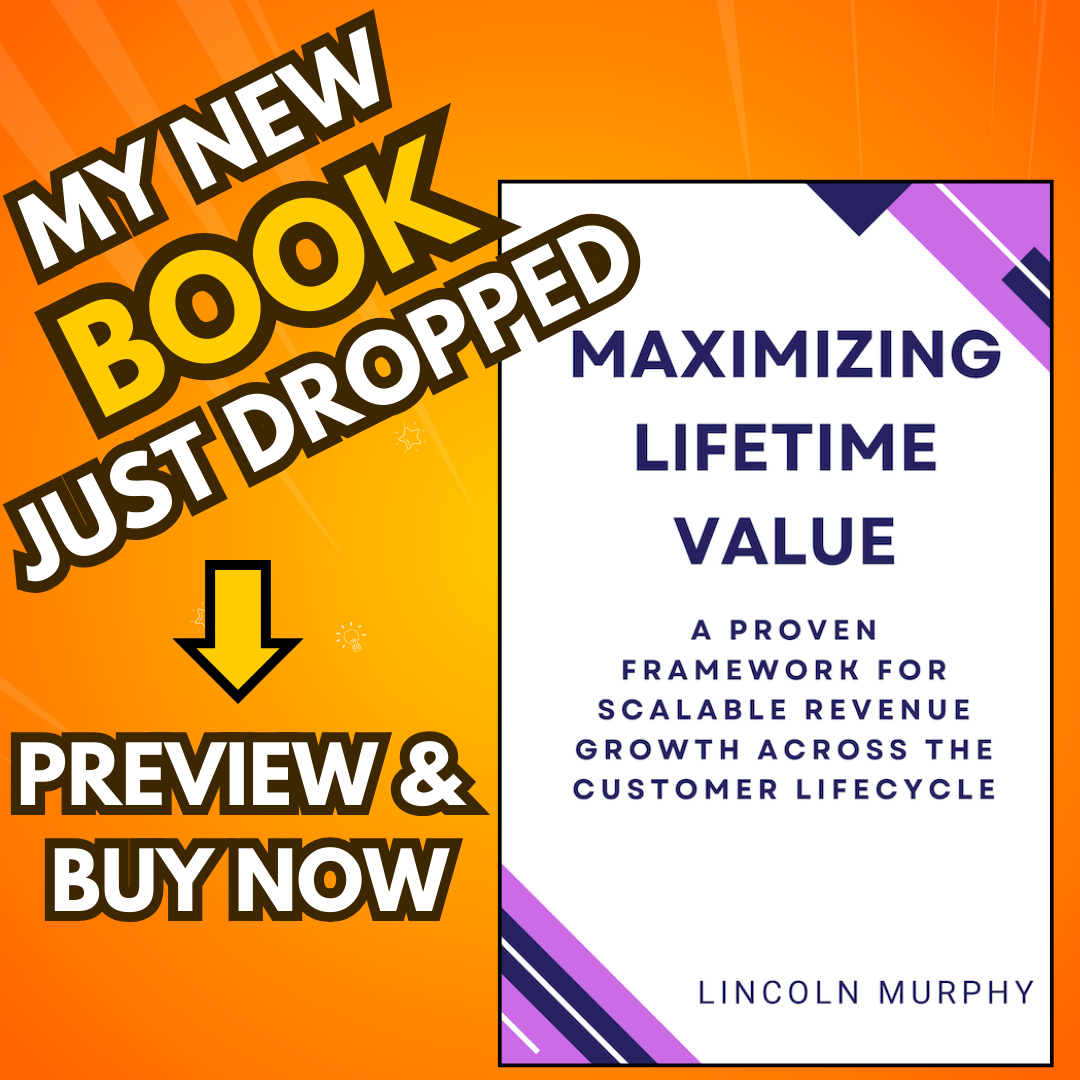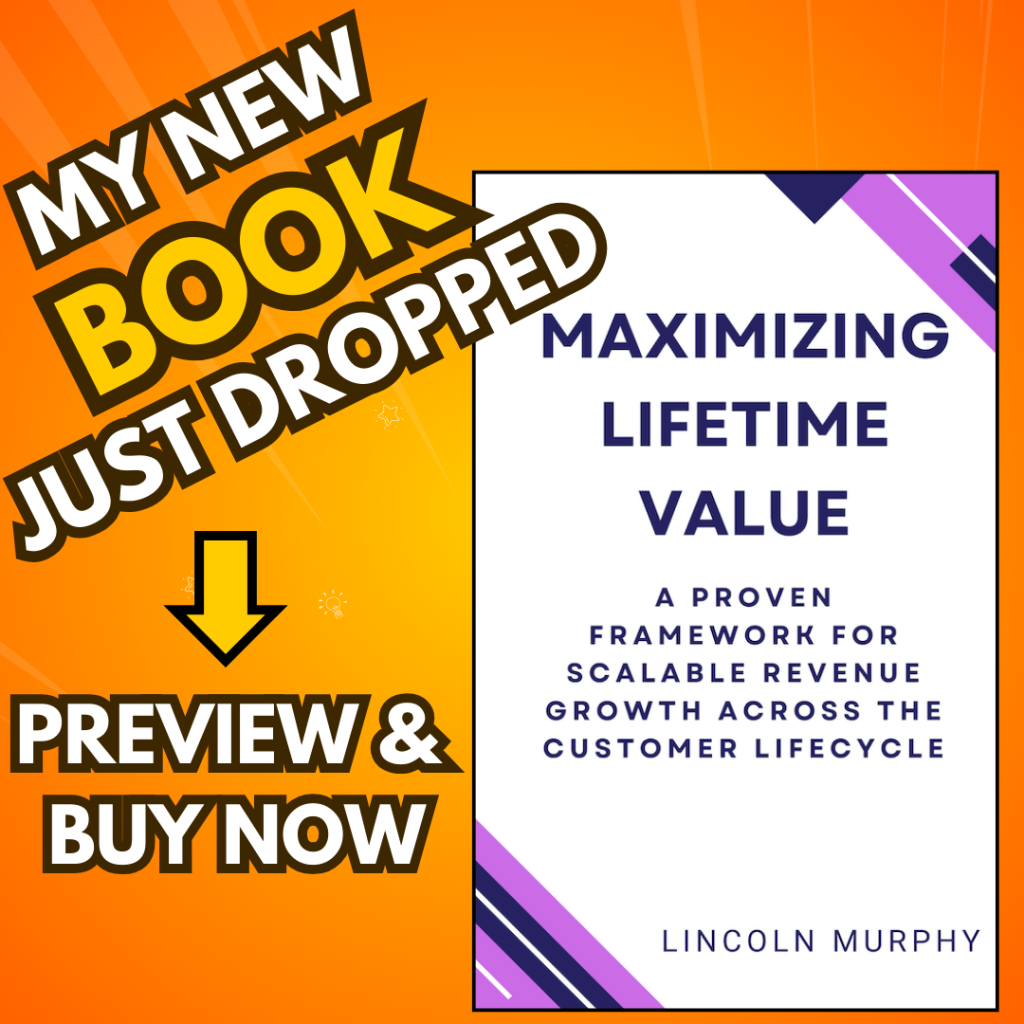Growth Hacking is all the rage right now. In-fact, anyone even slightly involved with marketing or product development in tech companies now calls themselves a Growth Hacker.
Now, once everyone identifies as a Growth Hacker the term will be meaningless… but what goes into Growth Hacking (or whatever it’s called in the future) will persist and in-fact, is transforming an industry right now.
I generally describe Growth Hacking as a mindset that revolves around leveraging your understanding of customer and user behavior, market dynamics, and what’s technically possible – or should be – and using your imagination to put it all together to drive growth.
But what does that really mean?
Well, that’s why I wanted to go deeper on that definition, if only for my own clarification, though I hope you find value in it as well…
First, you need to…
1. Know What Growth You’re Hacking
be clear on what type of growth you're hacking #growthhacker
— Lincoln Murphy (@lincolnmurphy) May 21, 2013
According to Sean Ellis, a Growth Hacker is someone who’s “true north” is Growth.
But that leaves a lot of room for interpretation, which is actually good.
And while some people will claim Growth Hacking has nothing to do with Revenue growth, I’m callin’ BS on that.
The definition of Growth and the metrics to measure it are 100% unique to the enterprise seeking that growth.
So whether you’re looking to drive sign-ups, revenue, engagement, retention, or even viral expansion, just know which one you’re focused on and make it happen.
And to do that in a big way you have to understand that…
2. Social Engineering > Technical Engineering
The best bad-guy hackers (or crackers) are experts at social engineering above all; the same must be true for Growth Hackers #growthhacking
— Lincoln Murphy (@lincolnmurphy) July 11, 2013
If you build something without first having a good understanding of why humans do what they do – both on a general level and in the context of your chosen environment – you’re likely to be met with limited success.
If you spend as much time (or more) studying human behavior and psychology as you do the latest marketing and growth hacking tactics you’ll actually be more successful when you implement those tactics.
Spend as much time (or more) studying human behavior as you do the latest marketing or growth tactics.
— Lincoln Murphy (@lincolnmurphy) October 23, 2013
In fact, understanding human behavior in the context of what it is your app does will actually help you identify the best tactics – growth hacking or otherwise – to leverage.
The best Growth Hackers understand that it isn’t about their product or service… it’s about the user and the customers.
It’s about understanding their behavior and exploiting that for gain, sure, but it only works if it is in the context of them…. not you.
In fact, understanding how Social Engineering fits in, you can start to figure out how to…
3. Exploit Organic Network Effects
Sometimes Network Effects are obvious… and sometimes they aren’t. Sometimes true network effects require massive scale… and sometimes we can take advantage of micro-networks to scale our business massively.
Rarely can you force “network effects” where they don’t exist naturally.
But often you can exploit, extrapolate, or otherwise leverage even the weakest network effects if you just try.
Which is why those in the “know” saying B2B SaaS apps can’t go “viral” makes me angry… I guarantee it caused at least a few people to stop looking for ways to make that happen.
Well, as it turns out, humans who work with other humans do certain things in certain ways.
When they work with their team members, co-workers, subordinates, their boss, corporate leaders, colleagues at partner organizations, counterparts at vendors or customers, etc. they have certain patterns.
And careful observation of those patterns – and an understanding of why they exist both functionally and psychologically – is the key to rapid growth in market-share (macro) and mind-share (micro).
Identify natural, organic actions that occur within a network. Exploit those through social and technical engineering. That's #growthhacking
— Lincoln Murphy (@lincolnmurphy) October 18, 2013
When I work with my clients to rapidly and sustainably grow their B2B SaaS businesses, while we might not ever reach the the level of Facebook or Twitter in terms of Viral Coefficient (this is what I’m talking about when I say Orchestrated Virality, BTW), we can reach a level of growth potentially unheard of in their product category simply by identifying these natural, organic actions that occur within a network.
Then, through social and technical engineering, we exploit those in a positive way for gain.
Simple.
Not Easy… but simple.
Another thing to remember is that…
4. Growth Hacking isn’t Free
FYI #growthhacking isn't free… even if the tactic you use has NO per unit cost (i.e. media buys), it can be very time-consuming. Time = $
— Lincoln Murphy (@lincolnmurphy) October 18, 2013
Look, even if the tactic you use has no per unit cost (i.e. media buys), Growth Hacking can be very time-consuming, and time is money.
It’s very common for people to not value their time – and not just in startups, BTW – so you need to know that Growth Hacking even via “free” channels is not free.
That said, Growth Hacking is not only about free channels. In fact, to ignore channels that – if used properly – could accelerate growth simply because there’s a hard cost associated with them seems to be the antithesis of Growth Hacking.
Sure, spending money is also the antithesis of the “bootstrap = charity case” crowd, but for real businesses that understand the value in acquiring customers, seeding networks, and orchestrating vitality, investing money to grow makes sense.
But overall…
5. A Culture of Growth is Required
For #growthhacking tactics (and Growth Hackers themselves) to be effective, a culture of Growth must exist in the organization
— Lincoln Murphy (@lincolnmurphy) October 29, 2013
By now there are 100s of posts and several books about the famous Growth Hacks out there – Hotmail, Paypal, AirBnb, etc. – and everyone talks about the one gimmick that worked for each.
Hotmail’s PS they added to every email sent that helped them spread virally, PayPal and Airbnb seeding both sides of their respective models with bots and social engineering through eBay and Craiglist respectively.
In a week there’ll be 100 more posts talking about those same examples.
Unfortunately, few people take the time to really understand the companies that employed these tactics.
They don’t understand that it wasn’t just those Growth Hacks – in a vacuum – that worked.
Yes, those were successful tactics, but those tactics were utilized by companies with a culture for growth.
Those companies had a true north of “Growth.” … not just an individual within the organization.
In fact, those very same tactics executed in a culture that isn’t defined by growth, doesn’t share the mindset characteristics leveraged by Growth Hackers (and outlined in this essay), would likely fail.
In fact, I’ve seen them fail… miserably.
The “Growth Hacks” become just another random marketing tactic that failed.
Onto the next one.
Recently, I’ve had several CEOs of SaaS and Web companies contact me because they want to “do Growth Hacking” … it’s the latest, coolest craze and many CEOs want to be able to say they have “Growth Hacking” taking place.
This is great… I’m happy to help, and since I’ve been “Growth Hacking” pretty much my entire time in the SaaS industry (8 years total now – 5 years with Sixteen Ventures) and with several hundred companies, it’s great that it’s popular now and people are reaching out.
And I suspect Growth Hacking is popular now because 1) this “thought process around growth” finally has a cool name and 2) people are really starting to see how ineffectual their existing marketing is, making Growth Hacking seem like the thing to do.
Unfortunately, when I have spoken to more traditional CMOs – often after speaking with the CEO – they treat this “Growth Hacking” stuff as just another marketing tactic, somewhere between Adwords and “Email Blasts.”
It’s just another campaign they’ll run or – even worse – they think it’s a quick fix for everything that ails ‘em.
Growth Hacking should not be considered a quick fix in most cases… it will often require an organizational shift.
In fact, an organization not aligned for growth, or one that lacks the necessary freedoms in place to allow the use of the agile (lowercase a) methodologies necessary to monitor, manage, and iterate on tactics, is a poor fit for Growth Hacking in my experience.
While I contend Growth Hacking is not a startup-only phenomenon, this cultural requirement is more often found in early and growth-stage (obviously) companies that aren’t just okay with taking calculated, small bets (risks), they encourage it. “How else do you move the needle?” they’d ask. Indeed.
However, in risk-averse organizations – generally older, larger companies, but not always – where the mentality is to just keep the status quo and avoid mistakes, missteps, and general boat-rocking… Growth Hacking will have a hard time finding a home and will probably end up as just another failed exercise.
While Growth Hacking is often introduced and even driven from the bottom-up, the most successful Growth Hacks take place in organizations with a top-down, growth-focused leadership.



